Major Decision Points
In the pretrial phase, decisions most commonly begin when a law enforcement officer suspects a person of breaking the law. If a person is arrested, other pretrial decisions follow, including whether the person remains in the community or is detained in jail until their trial.
Pretrial decisions have enormous consequences for both the person charged with a crime and the community. Those who are detained in jail can lose their job, housing, health care services, even custody of their children. Although most people are successful pretrial, the few who do pose a danger to public safety can put the community in jeopardy if they are released without proper conditions.
Pretrial decisions should operate consistently with the presumption of innocence and the right to physical liberty. Pretrial system stakeholders and community members should collaborate to identify and implement strategies and services that help people succeed during pretrial release, while also prioritizing the safety and well-being of victims and the community.
While jurisdictions may vary in the number and order of pretrial decision points, the major pretrial decision points, shared across most systems, are illustrated below.

In Madison, Wisconsin, Police Chief Shon Barnes measures success by positive outcomes for community members and his officers. Read More
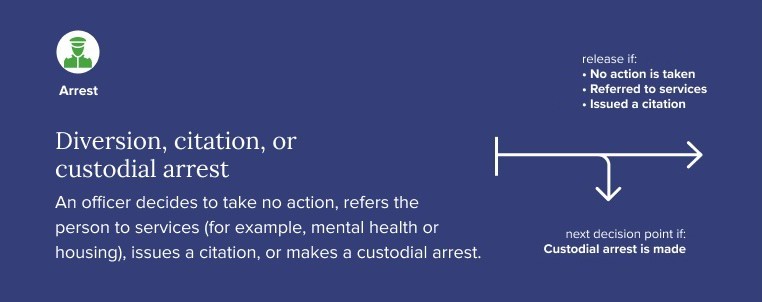
In New Jersey, increasing complaint-summonses means fewer people in jail. Read More
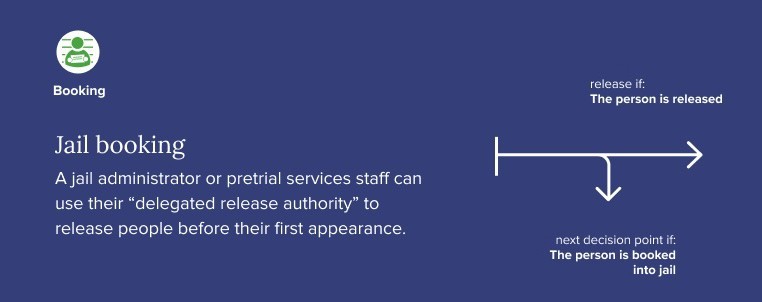
Unnecessary detention takes a toll on people and systems, and can result in worse pretrial outcomes. Delegated release authority is an effective strategy for releasing people safely and efficiently before first appearance. Read More
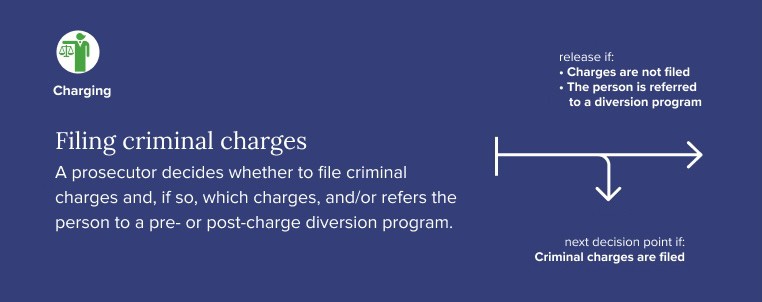
Milwaukee County, Wisconsin, increased the number of people diverted pretrial and offered them services that research has shown are effective. Download External PDF
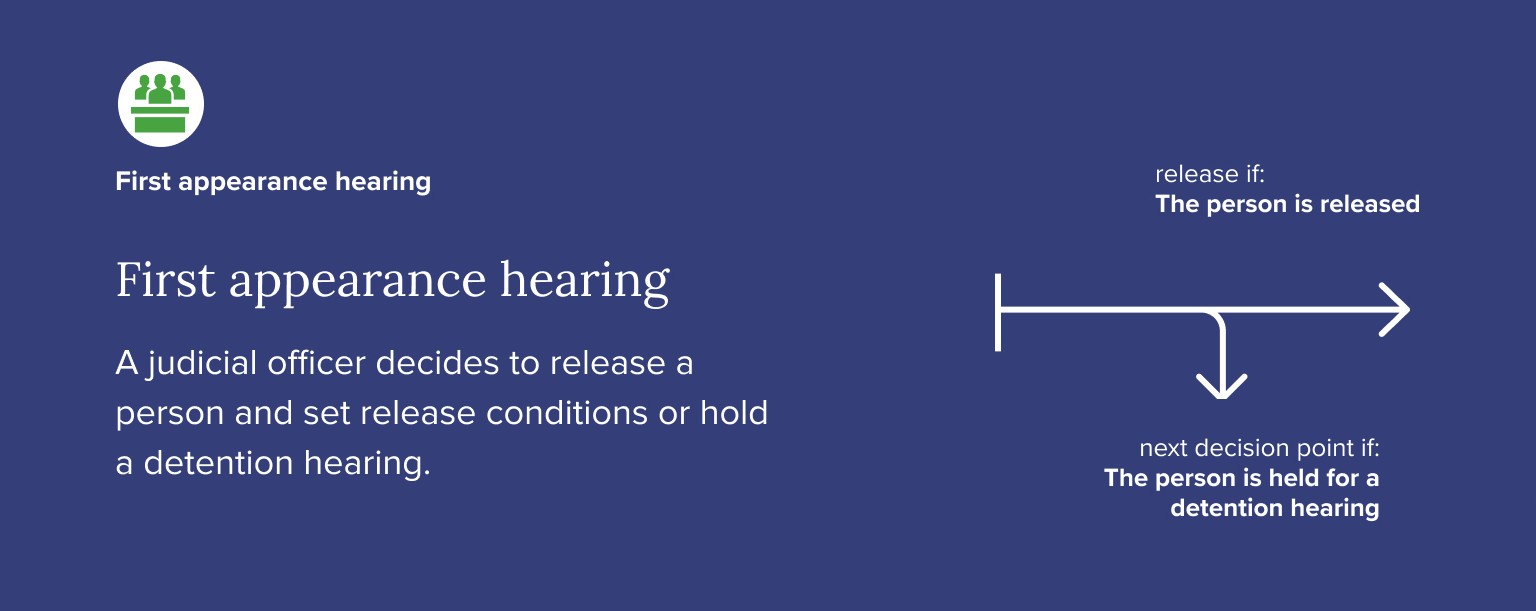
Use our Practice Guide on Counsel at First Appearance for best practices and considerations when implementing these practices. Download PDF
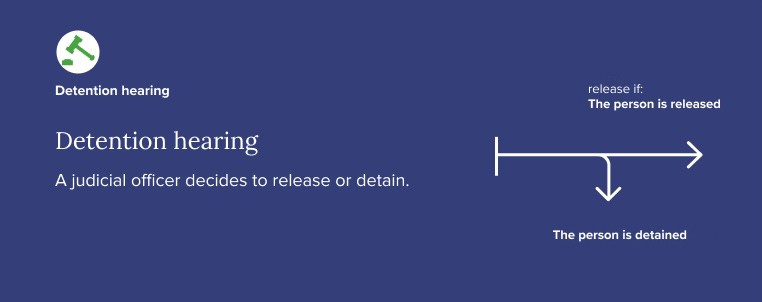
Our fact sheet on pretrial detention hearings explains key elements to help you understand how to bring intentionality and certainty to decisions about detention and release. Download PDF
